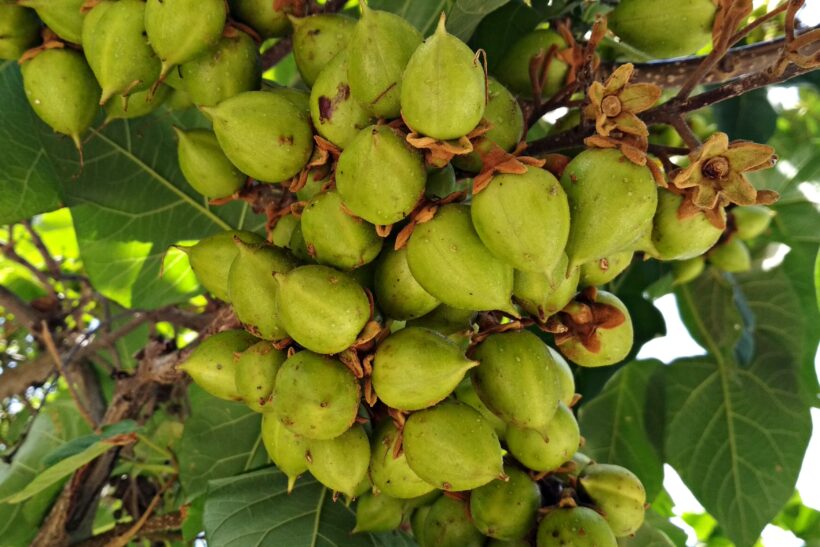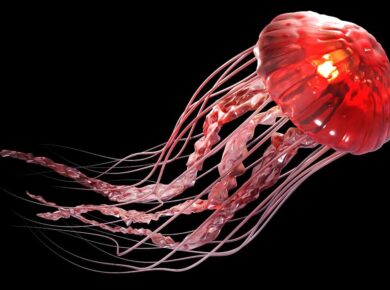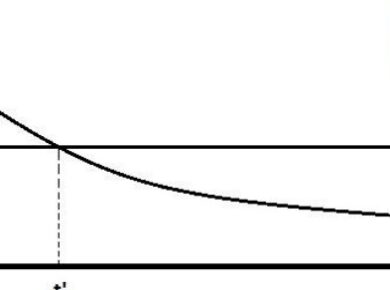Around 250 types of trees are viewed as destructive when presented past their regular geographic cutoff points. Fortunately, the majority of these, bound to little regions, are of little concern and can possibly surpass our ranches and wild on a mainland scale.
The Invasive Plant Atlas, as per a helpful asset, is an obtrusive tree that lives in “the U.S..” These tree species are not local to a specific biological system, are probably going to inflict any kind of damage, or mischief to human wellbeing, and are thought of as obtrusive.
A significant number of these species are likewise viewed as extraordinary nuisances after they were presented from different nations. There are a few local trees that have been presented beyond its North American normal reach to turn into an issue beyond its regular reach.
Know more here
All in all, only one out of every odd tree you plant or urge to develop is alluring and may really be unsafe to a specific area. Assuming you see a non-local tree animal varieties that are outside its local natural local area and whose acquaintance causes or is logical to inflicting any kind of damage, you have an intrusive tree. Human activities are the essential method for presenting and spreading these intrusive species.
Imperial Paulownia or Princess Tree
Imperial paulownia or Paulownia tomentosa was acquainted with the Americas from China around 1840 as a fancy and scene tree. The tree has as of late been planted as a lumber item which, under exact circumstances and the board, orders high wood costs where there is a market.
The princess tree is an obtrusive decorative tree that fills quickly in upset regular regions, including woodlands, stream banks, and steep rough slants. It promptly adjusts to upset natural surroundings, including already consumed regions and woods obliterated by bugs (like the vagabond moth).
The tree exploits avalanches and street freedoms and can colonize rough bluffs and poor riverine regions where it can contend with uncommon plants in these negligible living spaces.
Know more about the List of cereals: types and benefits
Mimosa or silk tree
The mimosa or Albizia julibrissin was acquainted with the United States as a fancy from Asia and Africa and was first acquainted with the U.S. in 1745. It is generally a little tree in metropolitan terrains, frequently with numerous trunks. Once in a while, it very well may be mistaken for a honey grasshopper in view of the bipinnate leaves of both.
It has gotten away into homesteads and waste fields and is found in the U.S. Its appropriation in the U.S. goes from the Mid-Atlantic states toward the south and as far west as Indiana. Once settled, mimosa is hard to eliminate in view of its extensive seeds and capacity to re-sprout vivaciously.
Dark Locust, Yellow Locust, or Robinia
Dark beetle or Robinia pseudoacacia is a tree local to North America and has been planted broadly for its nitrogen-fixing capacities, as a wellspring of nectar for honey bees, and for wall posts and hardwood wood. Its business worth and soil-framing properties energize further vehicles outside its regular reach.
The dark insect is local to the southern Appalachian and the southeastern U.S. is a local of. The tree has been established in numerous calm environments and naturalized all through the Americas, inside and outside its authentic reach, and in pieces of Europe. The tree has spread to different pieces of the nation and has become intrusive.
Once in space, the dark grasshopper spreads effectively to regions where their shade diminishes rivalry from other sun-adoring plants. The tree represents a serious danger to local vegetation (especially the Midwest) in dry and sand valleys, oak savannas, and upper backwood edges outside its notable North American reach.
Tree-of-paradise, Ailanthus, or Chinese sumac
Tree-of-Heaven (TOH) or Ailanthus altissimo was acquainted with the U.S. in 1784 by a nursery worker in Philadelphia. was presented in. The Asian tree was at first engendered as a host tree for silkmoth creation.
TOH currently has a wide dispersion in the United States, happening in 42 states, from Maine to Florida and west to California. It develops to around 100 feet tall and tall with “greenery-like” compound leaves that can be 2 to 4 feet tall.
Tree-of-paradise can’t deal with profound shade and is usually found along wall lines, alongside the road, and in squander regions. It can fill in practically any climate that is moderately radiant. This can represent a serious danger to normal regions as of late opened to daylight. It has been found to grow up to two air miles from the closest seed source.
Fat Tree, Chinese Tallow Tree, or Popcorn-Tree
The Chinese tall tree or Triadica sebifera was brought into the southeastern U.S. through South Carolina in 1776 for decorative purposes and seed oil creation. was presented deliberately. The popcorn tree is local to China where it has been developed for approx.t 1,500 years as a seed-oil crop.
It is generally restricted to the southern United States and has been related to decorative scenes as it makes a little tree rapidly. The green natural product bunch becomes dark and parts to show bone white seeds that make a delightful differentiation to its fall tone.
The tree is a quick cultivator with bug hindering properties. It exploits both of these properties to colonize fields and grasslands to the burden of local botanicals. They quickly transform these open regions into single-species woods.
Chinaberry tree, China Tree, or Umbrella Tree
Chinaberry or Melia azedarach is local to Southeast Asia and northern Australia. It was brought into the United States during the 1800s for fancy purposes.
The Asian Chinaberry is a little tree, 20 to 40 feet tall with a spreading crown. The tree has become naturalized in the southeastern United States where it was widely utilized as an elaborate around old southern homes.
It has figured out how to spread by root sprouts and a plentiful seed crop. It is a direct relationship between the neem tree and the mahogany family.
Chinaberry’s quick development and quickly spreading bushes make it a huge irritation plant in the U.S. All things considered, it keeps on being sold at certain nurseries. Chinaberry grows out of, conceals out, and dislodges local vegetation; its bark and leaves, and seeds are harmful to cultivate and homegrown creatures.
White Poplar or Silver Poplar
White poplar or Populus alba was first acquainted with North America in 1748 from Eurasia and has a long history of development. It is essentially planted as an elaborate for its alluring leaves. It has gotten away and spread generally from numerous unique establishing destinations. White poplar is tracked down in 43 states all through the adjoining U.S.
White poplar out-contends numerous local tree and bush species in generally bright regions like woodland edges and fields and impedes the typical advancement of normal local area progression.






